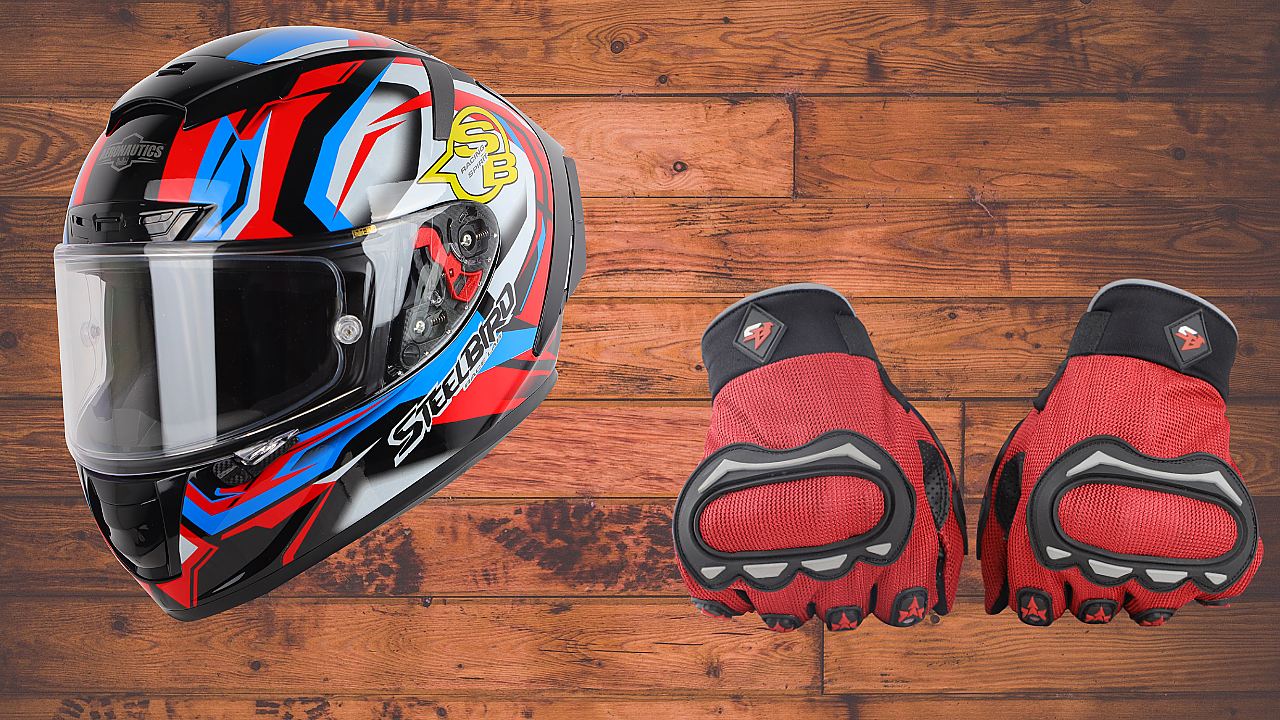
The largest Indian headgear manufacturer, Steelbird Helmets, aims to build a network of 1,000 exclusive stores in India by 2023.
Speaking to Mobility Outlook, Rajeev Kapur, Managing Director, Steelbird Helmets, termed these stores as exclusive rider stores and said that these outlets will be vast with about 200-500 helmets on display along with other riding types of equipment.
Starting with the project in April 2021, the company has already established a network of 50 such stores. Further, by March 2022, the company plans to take this number to 200, allowing it to become the leading brand in the riding accessories market.
He said these stores, along with the 20,000 retailers across India, will aid the company to cater to the demand for helmets and riding equipment in the future.
Kapur predicts that India could see a yearly demand for 100 million helmets in the future, while the current production of helmets in India is only 10 million.
The company MD stated that as Motor Vehicle Act 138 becomes mandatory across India, the demand for helmets from the OEMs side alone will rise to 20 million a year. The company has aimed to double its monthly production to 40,000 helmets by the following year to manage such demand levels.
“We are setting up the capacities by adding machineries, moulds, plant space as per 40,000 units, and as soon as the demand increases, we will be capable of supplying the helmet by next year,” he added.
Current Scenario
As a leading helmet manufacturer, Steelbird is currently working on a few new helmet technologies, including anti-pollution helmets, air condition helmets, airflow technology, winter and summer helmets, and many more.
It recently launched DOT and European standard helmets and ISI and European dual-standard helmets, hygienic helmets, night vision helmets, photochromic visors, anti-fog anti-glare visors, and NACA technology as well as carbon fibre helmets. While on the riding accessories side, it launched a range of riding jackets, balaclavas, gloves and many more.
In FY21, the company recorded a 26% increase in sales over the previous fiscal. The MD anticipates about 25% increase in sales in FY22.
“We are sure that we will grow by 25% as we are launching many new helmet models along with new accessories and also we have opened a few of the exclusive showrooms,” he added.
In the longer run, the company expects that with this increase in demand for the helmet and riding accessories, it will achieve INR 1,000 cr in sales by 2024. It also aims to earn 5% of its revenues from exports and 10% from online sales within the next two years. The riding accessories will reach INR 100 crore in the next five years.
Concerns Over Rising Death Toll of Two Wheeler Riders
Every hour, nearly six two-wheeler riders are killed in traffic accidents in India, according to current data. The government has set a goal of reducing accident numbers by 30%. As a result, non-ISI helmets have been banned.
However, as Kapur pointed out, this is insufficient to meet the aim. He continued by stating that the Indian government should introduce laws mandating helmets across the country. In addition, the GST on helmets, which is presently 18%, should be reduced to make them more affordable.
As the President, ISI Helmet Manufacturer Association and Co-Chairman, ASSOCHAM National Council, he said, “We have requested the government that all the state governments should implement the Motor Vehicle Act Section 138 and should enforce the rule of the helmets and also reduce the GST. This way, we can save millions of lives.”